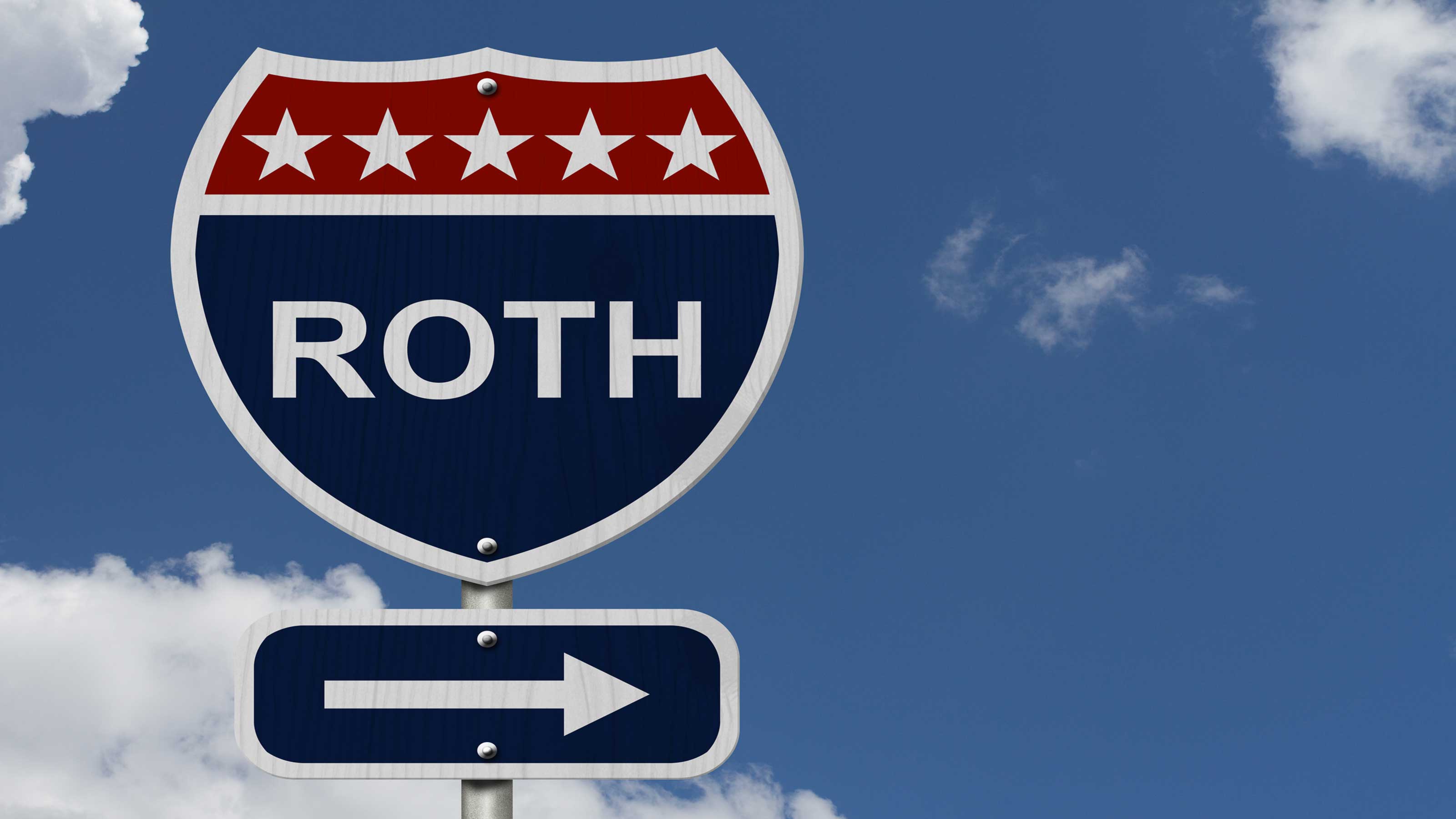Taxes for Newbies
Filing for the first time on your own? Relax. We show you what forms and documents you need, explain the terms you need to know and dish out tips to make sure you don't overpay Uncle Sam. Plus, how to know if you need professional help.
Doing taxes isn't exactly most people's idea of fun. In fact, it can be downright scary, especially if you've never filed on your own before. After all taxes, it is said, are one of only two things we can be certain of in life -- the other one being death. But despite its grim reputation, tax season need not keep you up at night. With a little preparation and the right tools, you can face your return with confidence and rest easy.
One of the hardest steps is getting motivated to actually sit down and crunch the numbers. But it pays to get started as soon as possible. Not only will you feel more relaxed and less prone to make mistakes if you're not working under a looming deadline, but chances are the IRS owes you money. About 70% of filers get a refund each year, according to the IRS. And last year, refund checks averaged more than $2,000. That's cash you could use right now to pay down debt, boost your savings, buy a new toy or take a well deserved vacation. How's that for some incentive?
Whether you're a first-time filer or you just need a refresher to help you get started, we guide you through the process to ease the pain and show you ways to make sure you get every penny you're due.

Sign up for Kiplinger’s Free E-Newsletters
Profit and prosper with the best of expert advice on investing, taxes, retirement, personal finance and more - straight to your e-mail.
Profit and prosper with the best of expert advice - straight to your e-mail.
Getting ready
Basically, this annual ritual is the time to make sure Uncle Sam didn't take too much or too little from your paycheck throughout the year. So you'll be adding up all your taxable income, figuring how much tax you've already paid and claiming tax breaks the government offers.
First, you need to track down the records you'll need. Your mailbox has probably already started filling with tax documents from your employer, bank, broker, school and others. Collect them in a folder as they arrive so you know where to find them when you finally start filling out your return. These documents can also provide important information that will save you money, such as how much you paid in tuition last year or how much interest you paid toward your mortgage. Check out Your Tax Form Checklist to see which forms you will need to keep a lookout for, and what they mean.
All forms should be mailed by January 31. (If you haven't received them by Feburary 15, though, notify the IRS.) In the meantime, gather miscellaneous records and receipts that could help trim your tax bill further, such as charitable donation receipts and job search or moving expenses. See below for more ways to save money on your taxes.
Which tax forms?
We could launch into a lengthy discussion of the various tax forms and how to know which ones you need. But why make the process more complicated than it already is? You really need only take one of these two paths:
- Get tax software. Unless you're good with numbers, have a bare-bones return to file and know exactly what tax breaks you qualify for, scrap the pen and paper method. Instead, invest in a computer program such as TurboTax or TaxCut that will guide you through your taxes step by step and fill out the proper forms (and do the math) for you.The programs guide you through an interview, where you plug in the necessary information to complete your return. They also check for updates to keep atop the latest tax-code changes. At the click of a mouse, you can find definitions and explanations. They help you identify which money-saving write-offs you qualify for and determine whether you should itemize deductions or take the standard deduction (a no-questions-asked write-off that reduces taxable income).
- Hire a professional. If your taxes are pretty straightforward, you'll save a lot of money if you prepare your return yourself. Hiring someone can run between $150 and $500 -- or higher for more difficult returns. But if you own a business, own a rental property, day-trade stocks, or have other complex issues, hiring a professional could save you a lot of time and headaches. Ask family and friends for recommendations and learn what credentials to look for in a candidate.
Even if you choose to do your taxes yourself by hand or computer, it's a good idea to have a fresh pair of eyes look over your completed return for errors, especially if this is your first time filing. Many college campuses provide free tax help courtesy of students in the accounting department. Your community may also offer tax assistance staffed by volunteers. Check your local library for more information. Sitting down with a knowledgeable person can also help you become more familiar with your taxes to make next year's process even easier. But remember, when all is said and done, you are the one responsible for the information on your tax return, so make sure it's accurate.
Money-saving strategies
Of course, you'll want to avoid common mistakes that will delay your refund, such as entering your social security number incorrectly, making a simple math error, or writing down the wrong address. But you can turn in a perfectly legitimate return that still has costly mistakes on it if you fail to claim every tax break you qualify for, including deductions (bonuses that lower your taxable income) and credits (reductions of your final tax bill dollar for dollar). They can add up to some serious savings. We've listed such six money savers below that may apply to young adults specifically. And you don't have to itemize to claim any of these benefits.
- Married filing jointly. Your filing status is determined as of December 31 of the tax year. So even if you were only married for one day of 2005, you can no longer file as "single." Married filers typically pay lower taxes if they file a joint return rather than separate returns. So unless you have a good reason to file separately from your spouse (one spouse owns his own business, for example), it's in your best interest to file together. The IRS also takes certain credits and deductions off the table if you file separately. Learn more.
- Earned income credit. If you didn't make a lot of money last year, this credit could help lower your taxes. There's a complex set of rules to qualify, so use this tool from the IRS to check your eligibility. As far as income goes, if you're single with an adjusted gross income less than $11,750 if you have no children, $31,030 if you have one child and $35,263 if you have two or more children, you might be able to claim the credit. Married couples filing jointly are allowed to earn $2,000 more in each category and claim the credit. Learn more.
- Savers credit. If you're getting by on a low entry-level salary, yet you contributed to a retirement account last year such as an IRA or 401(k), you might qualify for this little bonus. Taxpayers with an AGI less than $25,000 if they're single -- $50,000 if they're married filing jointly -- can claim this credit. You cannot have been a full-time student in 2005, and you must have been at least 18 years old on the last day of the year. Learn more.
- Student loan interest deduction. You can deduct up to $2,500 in student-loan interest in 2005 if your modified AGI is less than $50,000 or $100,000 if you're married and file a joint return. The amount of the deduction begins to phase out once your income exceeds those levels and disappears entirely if you earn more than $65,000 or $130,000 if you're married. Learn more.
- Education credits. If you went to school last year, Uncle Sam will foot part of your tuition bill under the Hope or Lifetime Learning credit. You can use only one in any given year for each qualifying person. If you're using TaxCut software, it will run the numbers for you to tell you which one will save you the most money. The Hope credit gives you up to 100% of your first $1,000 in tuition and fees and up to 50% of the second $1,000. It applies to the first two years of college and is worth up to $1,500. The Lifetime Learning credit gives you up to 20% of your tuition and fees up to $10,000. The credit maximum is $2,000.
- Moving costs deduction. If you moved to take your first job out of college or made another job-related move, you might be able to write off your relocation expenses. To qualify, you must have moved at least 50 miles away. You can include the cost of getting yourself, your family and your possessions to your new home, including the cost for plane tickets, movers, rental trucks and gas. Learn more.You cannot, however, write off the cost of looking for your first job out of college. But if you were already employed and looked for a new job within your field last year, you can write off the costs of your search, including travel to interviews, printing résumés and employment agency fees. The catch: You can only write off job-search expenses if you itemize deductions on your tax return and if the expenses exceed 2% of your AGI.
Profit and prosper with the best of Kiplinger's advice on investing, taxes, retirement, personal finance and much more. Delivered daily. Enter your email in the box and click Sign Me Up.

-
 Stock Market Today: Solid Signals Lift Stocks Despite Tariff Noise
Stock Market Today: Solid Signals Lift Stocks Despite Tariff NoiseMarkets are whistling over the White House in an ongoing display of corporate America's enduring ability to survive and advance.
-
 Amtrak Joins Prime Day With Deals on Fares — But You’ll Have to Act Fast
Amtrak Joins Prime Day With Deals on Fares — But You’ll Have to Act FastPrime members can score 20% off midweek fares — what travelers should know before booking.
-
 Why You Need a Roth IRA
Why You Need a Roth IRARoth IRAs With this indispensable savings tool, your money grows tax-free, you can invest in almost anything and you get several cool perks.
-
6 Ways to Profit From Your Passions
business Generate extra income by turning an interest or hobby into a moneymaker.
-
A Beginner's Guide to Filing Your Taxes
taxes Tax season can be daunting, especially for first-time filers. Here are some tips to get you started and keep your costs to a minimum.
-
Financial Advice in Honor of Dr. Seuss
savings We don't know if Dr. Seuss had any financial wisdom for 20-somethings. But in honor of his 108th birthday, we summarized our own advice in verse.
-
Easy Steps for First-Time Taxpayers
taxes Whether it's your very first time or just your first time filing without Mom and Dad's help, we have the basics on filing your 2011 tax returns.
-
 Cost-of-Living Reality Check
Cost-of-Living Reality CheckSmart Buying Heading out into the real world? Don't walk blindly. We show you how much life's expenses typically cost to help you anticipate your finances and build a budget.
-
Give Yourself a Raise
Employee Benefits Whether you've been on the job 10 days or 10 years, here are five ways to get more out of your paycheck and boost your effective income right now -- without having to beg your boss for a raise.
